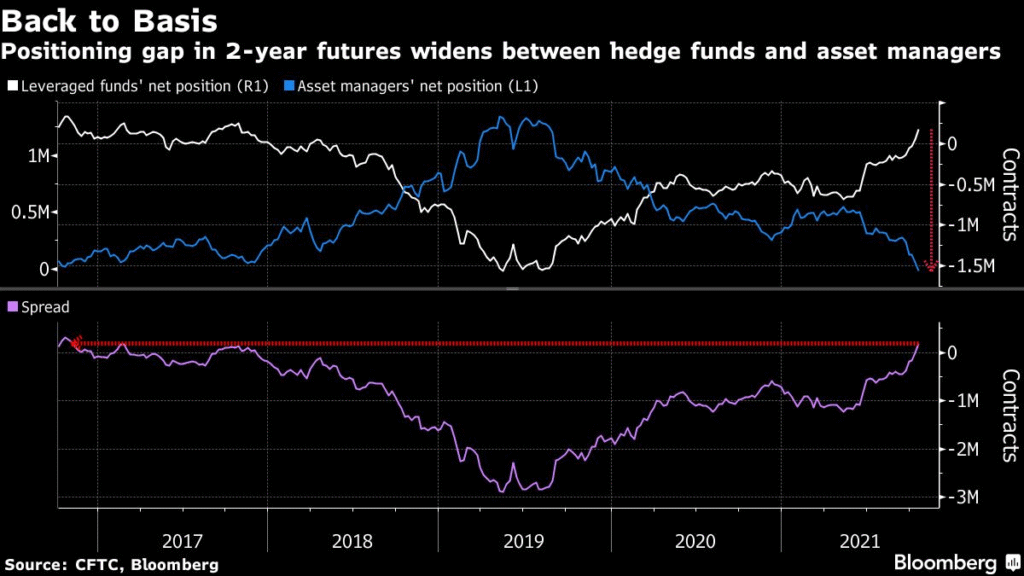Selecting the best investments in stocks requires more than chasing short-term momentum or headline-grabbing tickers. For institutional investors, family offices, and high-net-worth individuals, sustainable equity returns stem from disciplined analysis, macroeconomic awareness, and a clear understanding of valuation, quality, and structural growth trends. In an era marked by interest rate volatility, technological disruption, and shifting global trade dynamics, identifying truly resilient stock investments demands a framework—not just a list.
Market Insight: Quality and Cash Flow Outperform in Uncertain Environments
Recent market behavior reinforces a long-standing principle: in periods of economic transition, companies with strong balance sheets, consistent free cash flow, and pricing power tend to outperform. According to data from the S&P Global Market Intelligence report (Q3 2025), stocks in the top quintile for return on invested capital (ROIC) delivered 9.2% annualized returns over the past five years—nearly double the broader index average.
Moreover, sector leadership is evolving. While tech remains a core growth engine, opportunities are emerging in overlooked corners: energy infrastructure benefiting from deglobalization trends, select industrials aligned with nearshoring, and financials positioned to capitalize on higher-for-longer rate regimes. The “best” stock investments today are not defined solely by sector, but by business model durability and global relevance.

The ValueFinity Perspective: Equity as Part of a Multi-Asset Strategy
At ValueFinity, we do not treat equities in isolation. Our approach to stock selection is embedded within a broader asset management strategy that includes private equity, real estate portfolio management, and infrastructure—creating natural hedges and compounding opportunities across market cycles.
We focus on three criteria when evaluating public equities:
- Economic Moat: Sustainable competitive advantages that protect margins over time.
- Capital Allocation Discipline: Management teams that prioritize shareholder returns through smart reinvestment or disciplined buybacks.
- Global Scalability: Businesses positioned to benefit from long-term secular trends—digital transformation, energy transition, or demographic shifts—regardless of regional economic fluctuations.
This philosophy has guided our allocations through multiple market regimes. For example, our early positioning in select semiconductor and cloud infrastructure equities—paired with strategic real estate holdings in data center corridors—has delivered asymmetric risk-adjusted returns over the past three years.

Case in Context: The Value of Integration
Consider a U.S.-listed industrial company we identified in 2023: modest market cap, underfollowed by analysts, but with dominant market share in automation components for electric vehicle supply chains across North America and Southeast Asia. While the stock was overlooked during the AI rally, our private equity and real estate teams had on-the-ground visibility into the company’s facility expansions and customer contracts. That cross-asset intelligence informed a timely equity position—one that has since appreciated over 60% as supply chain reshoring accelerated.
Conclusion: Discipline Over Hype
The best investments in stocks are rarely the loudest. They emerge from rigorous analysis, a long-term horizon, and integration within a diversified global portfolio. In today’s environment, where macro signals conflict and sentiment swings rapidly, investors benefit most from partners who combine deep market intelligence with operational insight across asset classes.
ValueFinity’s track record—rooted in real assets since 2002 and expanded through global investments in technology, energy, and infrastructure—enables us to identify equity opportunities others miss, and to hold them with conviction through volatility.

Learn more about our investment approach at valuefinity.com or reach us at Capital@valuefinity.com .
